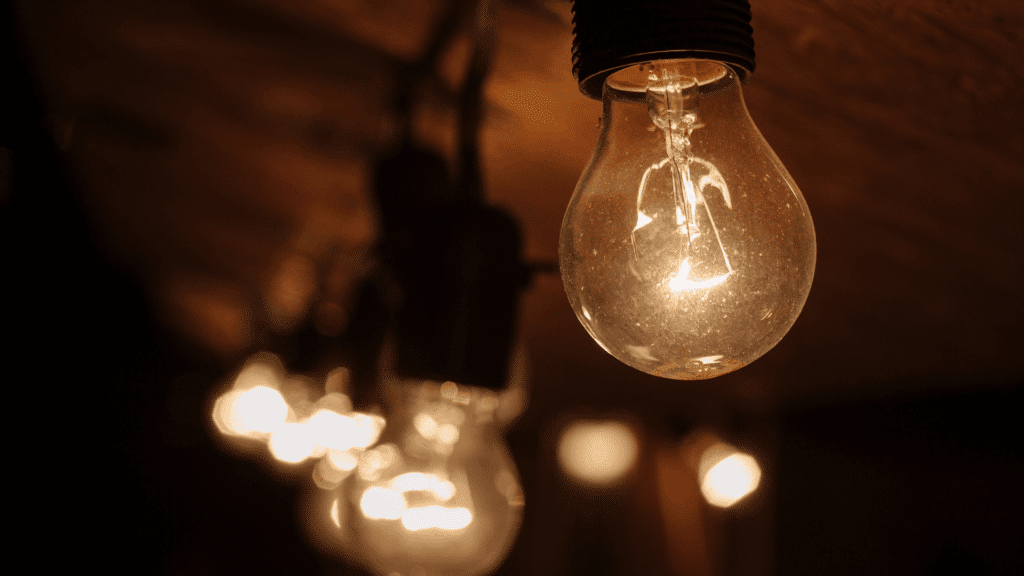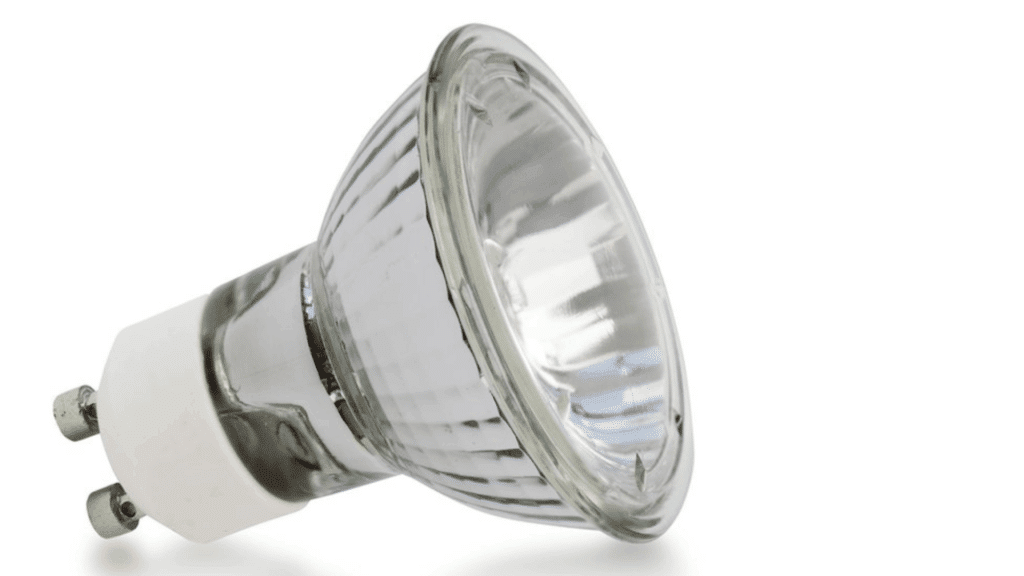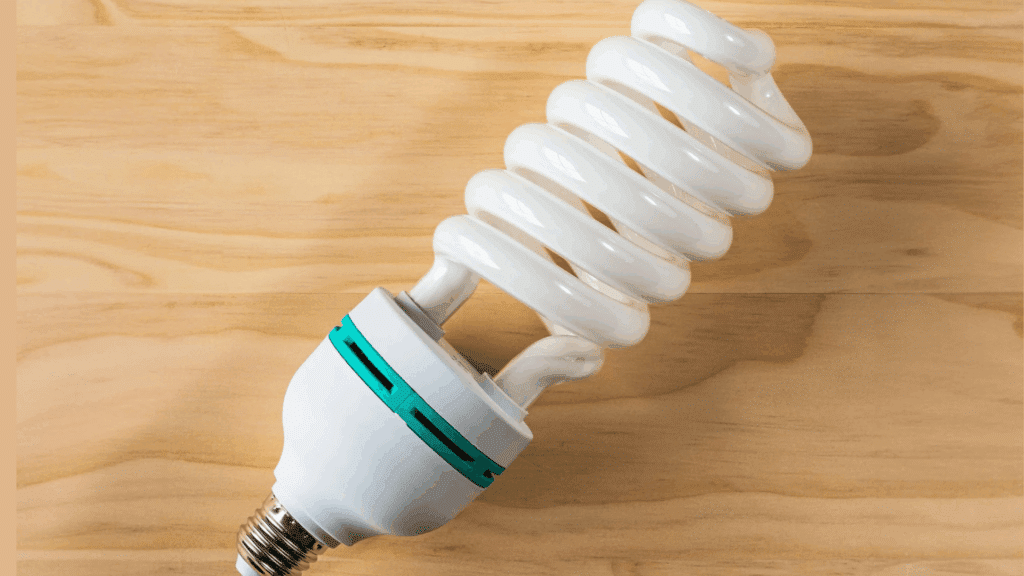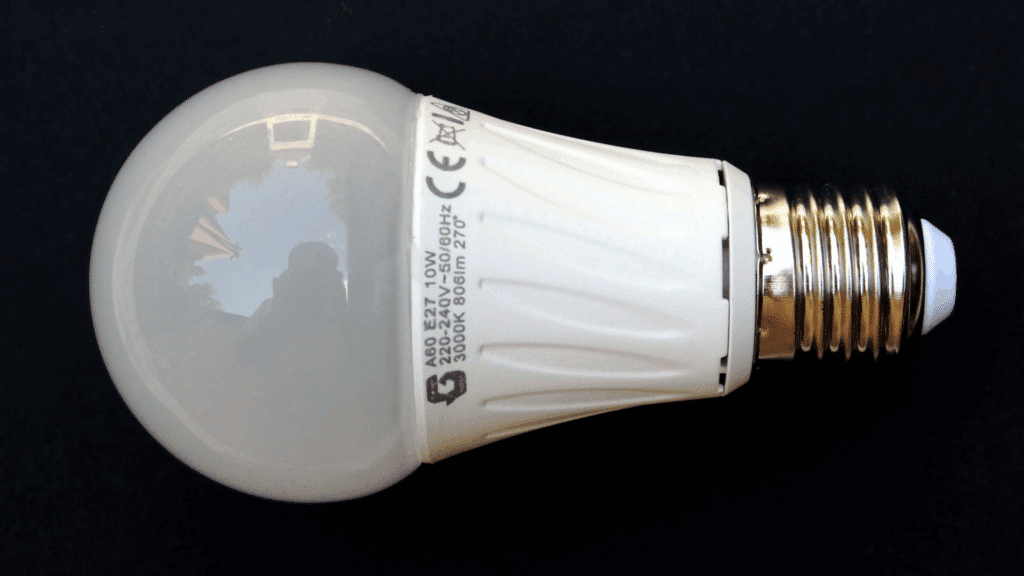When you grab a new bulb at the store, the first thing you notice is usually the number on the box. That number is the light bulb wattage, and it plays a bigger role than most people realize.
I used to think wattage only told me how bright the bulb would be, but it also affects how much energy you use, how much you spend each month, and even how safe your fixtures are.
Here, I’ll explain what wattage really means, how it connects to brightness, and what wattage light bulb makes sense for different rooms. By the end, you’ll feel confident choosing the right bulbs for your home.
What Does Light Bulb Wattage Mean?
Wattage is the amount of electrical power a light bulb uses to work. Think of it like the energy a bulb needs to shine.
In older incandescent bulbs, higher wattage meant a brighter light but also more heat. So, the bigger the wattage number, the stronger and hotter the bulb would get.
However, with modern bulbs like LEDs and CFLs, things have changed a lot. These newer bulbs use much less wattage but can still give off the same amount of brightness as old bulbs.
That means they save energy and money while lighting up your space just as well. So, wattage tells you how much power a bulb uses, but brightness depends more on the bulb type nowadays.
Common Light Bulb Wattages Across Types
Not all light bulbs use the same amount of power. The wattage you’ll see on a package depends on the type of bulb and how it’s designed to produce light.
Understanding these differences makes it easier to compare options and pick the right one for your fixtures.
1. Incandescent Bulbs

Incandescent bulbs typically range from 25 to 100 watts and create light by heating a filament inside. This process wastes a lot of energy as heat, which makes these bulbs inefficient.
They have a relatively short lifespan compared to modern bulbs and are being phased out in many places.
While incandescent bulbs give a warm, comforting glow, they cost more to operate because they use more electricity than energy-efficient options like LEDs.
2. Halogen Bulbs

Halogen bulbs typically use between 20 and 120 watts. They produce a brighter, whiter light compared to regular incandescent bulbs, but still generate a lot of heat.
Commonly found in spotlights and car headlights, halogen bulbs last longer than traditional incandescent bulbs.
However, they are less energy-efficient than modern LED bulbs, consuming more power for the light they produce. Their bright, focused illumination makes them popular despite the heat and energy use.
3. CFL Bulbs

CFL bulbs use between 5 and 30 watts to provide the same brightness as 25 to 100-watt incandescent bulbs. They save energy and last much longer, but take a little time to reach full brightness after being turned on.
Since CFLs contain a small amount of mercury, special care is needed for safe disposal. Because of these factors, many households now prefer energy-efficient and mercury-free LED bulbs.
4. LED Bulbs

LED bulbs use only about 2 to 18 watts to produce the same brightness as 25 to 100-watt incandescent bulbs. They stay cool during use, last much longer, and save the most energy.
LEDs come in many styles and colors, making them a versatile and top choice for almost any lighting need. Their efficiency and durability have made LEDs the preferred lighting option for most households today.
What Wattage Light Bulb Should You Choose?
The best wattage depends on where you’re using the bulb. Different rooms have different lighting needs, so it helps to compare incandescent and LED equivalents side by side.
| Room/Space | Incandescent Equivalent | LED Equivalent |
|---|---|---|
| Living Room | 60W | 10W |
| Bedroom | 40W | 6–8W |
| Kitchen/Office | 100W | 15–18W |
Use this table as a quick guide when choosing bulbs for common spaces in your home. Always check the label on your lamp or fixture since exceeding the listed wattage can create a fire hazard.
Comparing Light Bulb Wattages and Brightness
Wattage tells you how much power a bulb uses, but it doesn’t always reflect brightness. That’s why it’s important to understand lumens, the measure of actual light output. Higher lumens mean more brightness, regardless of wattage.
Incandescent bulbs needed more watts to produce the same light, while LEDs achieve similar brightness with much less energy. This makes LEDs the smarter choice when replacing old bulbs.
Here’s a quick guide to common incandescent wattages and their LED equivalents:
- 25W incandescent ≈ 2–3W LED
- 40W incandescent ≈ 5W LED
- 60W incandescent ≈ 9–10W LED
- 75W incandescent ≈ 12W LED
- 100W incandescent ≈ 15–18W LED
Instead of focusing only on watts, look at lumens to understand how bright a bulb will be. For everyday lighting, aim for about 700–800 lumens, which is the standard output of a 60W incandescent or a 9–10W LED.
How Light Bulb Wattages Affect Energy Use and Cost?
The energy a light bulb uses depends on two things: its wattage and how many hours it’s on each day. Higher wattage bulbs consume more electricity, which directly impacts your monthly bill.
Here’s a simple comparison based on using a bulb for 2 hours per day (about 730 hours per year):
| Bulb Type & Wattage | Yearly Energy Use (kWh) | Approx. Yearly Cost* |
|---|---|---|
| 60W Incandescent | ~44 kWh | ~$6.00 |
| 75W Incandescent | ~55 kWh | ~$7.50 |
| 100W Incandescent | ~73 kWh | ~$10.00 |
| 10W LED | ~7 kWh | ~$1.00 |
| 15W LED | ~11 kWh | ~$1.50 |
Costs are based on an average electricity rate of $0.14 per kWh (typical U.S. average in 2025).
Even small changes in wattage add up over time. For example, replacing ten 60W incandescents with 10W LEDs could save more than $50 a year.
Safety Considerations with Light Bulb Wattage
Choosing the right bulb isn’t just about brightness or cost; it’s also about safety. Using the wrong wattage can put your fixtures and your home at risk. Keep these points in mind:
- Follow Fixture Limits: Never exceed the maximum wattage printed on the socket or label.
- Heat Risk: High-wattage bulbs, especially incandescents, can overheat and damage wiring.
- Fire Hazard: Using the wrong bulb size may increase the chance of electrical fires.
- LEDs Run Cooler: Safer to use, but wattage ratings still matter.
- Safe Choice: Always match or go below the listed wattage for peace of mind.
By sticking to the recommended wattage and choosing efficient options like LEDs, you’ll enjoy proper lighting while keeping your home safe.
Final Thoughts
Light bulb wattage might seem like a small detail, but it really shapes the way you light your home. It affects how much energy you use, what you pay each month, and how safe your fixtures are.
By understanding wattage, you can choose bulbs that fit your needs without wasting power or risking overheating. Incandescents burn through more watts for less light, while LEDs give you the same brightness at a fraction of the cost.
Next time you shop for bulbs, check the wattage, look at lumens, and match them to your space. And if you’d like more simple tips on home lighting and energy use, take a look at my other posts.














